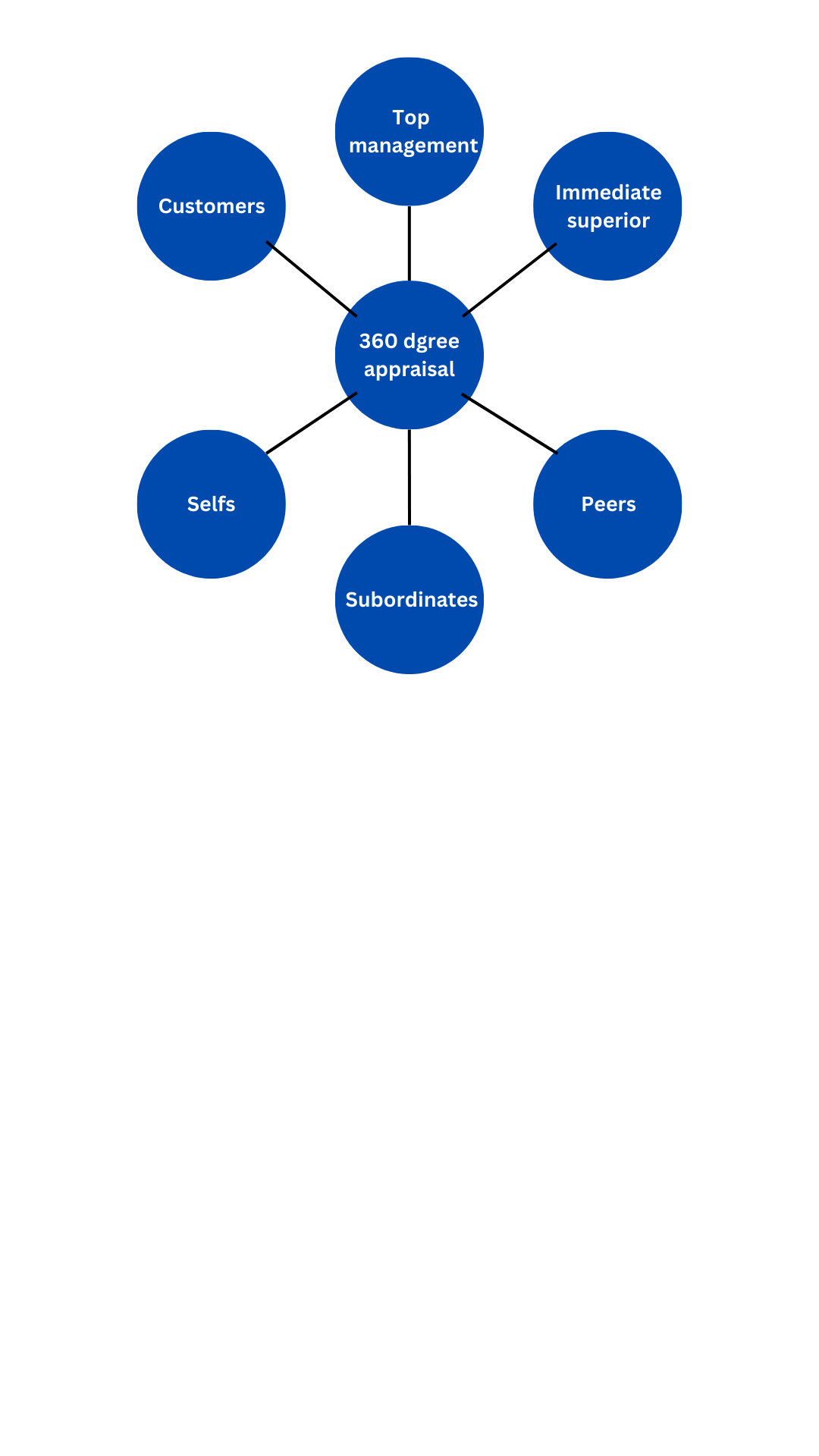Methods of Managing performance of all the Level of Management
Performance management is an ongoing process of setting goals, evaluating progress, providing feedback, and creating development plans to improve employee performance
It is important to manage performance at all levels of management in order to ensure that everyone is aligned with the organization’s objectives and working effectively to achieve them. Here are some methods of managing performance at different levels of management:
Senior management: Senior management is responsible for setting the strategic direction of the organization and ensuring that everyone is working towards achieving its goals. They can manage performance by setting clear objectives and key performance indicators (KPIs) for the organization, monitoring progress towards these goals, and holding themselves and others accountable for achieving results.
Middle management: Middle managers are responsible for translating the organization’s strategy into action and ensuring that employees are working effectively to achieve their goals. They can manage performance by setting clear performance expectations and KPIs for their team, providing regular feedback and coaching to employees, and creating development plans to help employees improve their skills and knowledge.
Front-line management: Front-line managers are responsible for supervising employees and ensuring that they are meeting their performance expectations. They can manage performance by setting clear goals and expectations for their team, providing regular feedback and coaching to employees, and recognizing and rewarding high-performing employees.
Individual contributors: Individual contributors are responsible for performing specific tasks and contributing to the overall success of the organization. They can manage their own performance by setting clear goals and objectives for themselves, tracking their progress towards these goals, seeking feedback and coaching from their manager, and proactively identifying opportunities for improvement.
360 Degree performance Appraisal
360-degree performance appraisal, also known as multi-rater feedback or 360-degree feedback, is a type of performance appraisal process that involves gathering feedback from a variety of sources about an employee’s performance. The sources of feedback typically include an employee’s manager, peers, subordinates, customers, and other stakeholders.
Here are some key features of the 360-degree performance appraisal process:
Comprehensive feedback: The process gathers feedback from a variety of sources, which provides a more comprehensive and well-rounded view of an employee’s performance.
Multiple perspectives: The feedback comes from a range of stakeholders, providing different perspectives on an employee’s strengths and weaknesses.
Self-reflection: The process often includes a self-assessment component, which encourages employees to reflect on their own performance and identify areas for improvement.
Developmental focus: The feedback is often used to identify areas for development and create development plans to help employees improve their skills and knowledge.
Confidentiality: The feedback is often gathered anonymously, which encourages honest and open feedback from all sources.
While the 360-degree performance appraisal process has many benefits, there are also some challenges to consider. These can include the time and resources required to administer the process, the potential for bias or inaccurate feedback, and the need for effective communication and follow-up to ensure that the feedback is used effectively.
Overall, the 360-degree performance appraisal process can be a valuable tool for organizations to gather feedback, identify areas for development, and support employee growth and development.
